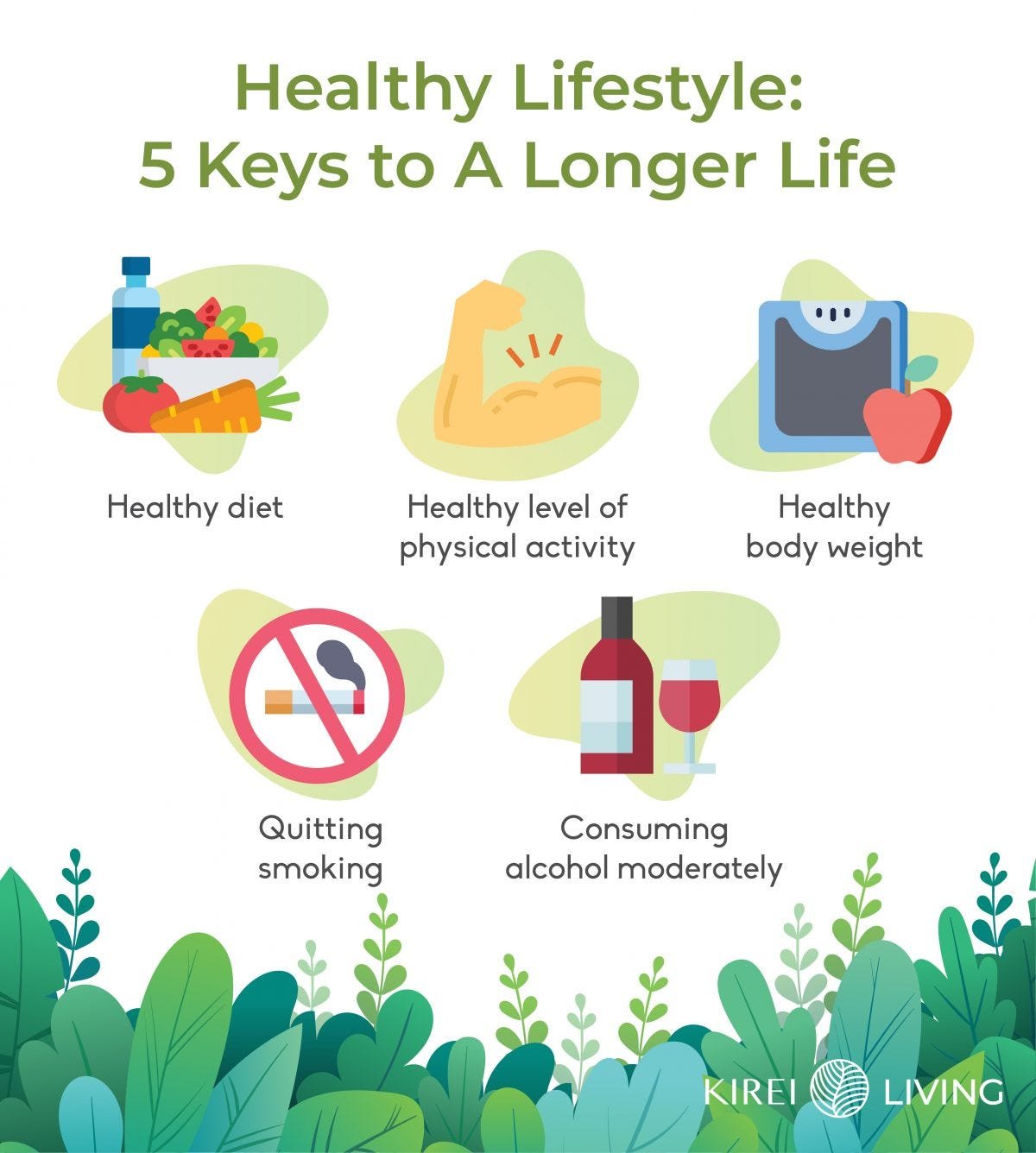Fitness and Exercise: A Comprehensive Guide for Every Level
Staying fit is essential to leading a healthy, balanced life. Whether you’re a beginner or a fitness enthusiast, understanding the right workouts for your level can help you achieve your goals more efficiently. This article will guide you through the best workouts for all fitness levels, how to start a home workout routine, the benefits of strength training for women, yoga for beginners, the science behind HIIT workouts, tips to stay motivated, and the role of exercise in mental health.
Best Workouts for All Fitness Levels
Whether you’re new to exercise or a seasoned athlete, finding the right workout is key to maximizing your fitness gains. The best workouts for all fitness levels should focus on a balance between cardiovascular training, strength-building exercises, and flexibility work.
- Beginner: Start with low-impact cardio such as walking, swimming, or cycling. Add bodyweight exercises like squats, lunges, and push-ups to build strength.
- Intermediate: Increase intensity with weightlifting and running or high-impact cardio. Focus on compound movements, such as deadlifts and bench presses, for strength.
- Advanced: Challenge yourself with HIIT (High-Intensity Interval Training), advanced weightlifting techniques, and sport-specific training to sharpen your skills.
These workouts ensure that no matter where you are on your fitness journey, there’s something tailored to your needs.
Step-by-step instructions to Begin a Home Exercise Routine Daily practice for Fledglings
One of the easiest ways to incorporate fitness into your life is by starting a home workout routine. You don’t need fancy equipment or a gym membership to stay active. Follow these steps to get started:
- Set clear goals: Whether your goal is to lose weight, gain muscle, or improve your flexibility, defining your goals will guide your workout plan.
- Create a schedule: Consistency is key. Aim for at least 3-4 workouts per week, ranging from 20 to 45 minutes per session.
- Start small: Begin with basic exercises like push-ups, bodyweight squats, lunges, and planks. Gradually increase intensity and add equipment like dumbbells or resistance bands as you progress.
- Mix it up: Keep your workouts varied to target different muscle groups and avoid boredom. Include cardio, strength training, and stretching in your routine.
A home workout routine for beginners is a convenient and effective way to improve your fitness without leaving your house.
The Benefits of Strength Training for Women
Strength training for women has become increasingly popular, and for good reason. While some women may worry about “bulking up,” strength training offers numerous health benefits without the risk of excessive muscle gain. Here’s why strength training should be part of every woman’s fitness routine:
- Boosts metabolism: Building lean muscle increases your resting metabolic rate, meaning you burn more calories even at rest.
- Improves bone health: Regular weightlifting strengthens bones and reduces the risk of osteoporosis, especially important for women as they age.
- Enhances body composition: Strength training helps tone muscles and reduce body fat, resulting in a more defined and sculpted appearance.
- Empowers confidence: As women get stronger, they often feel more confident in their abilities and body image.
The benefits of strength training for women extend beyond physical appearance and play a key role in long-term health.
Yoga Poses for Beginners and Their Benefits
Yoga is an excellent way to enhance flexibility, improve mental clarity, and reduce stress. If you’re new to yoga, here are a few simple poses that offer profound benefits:
- Mountain Pose (Tadasana): This foundational pose helps improve posture and balance while grounding your body.
- Downward Dog (Adho Mukha Svanasana): Strengthens your arms, shoulders, and legs while stretching your hamstrings and calves.
- Child’s Pose (Balasana): A calming pose that releases tension in the back and shoulders.
- Warrior I (Virabhadrasana I): Builds strength in the legs and core while improving focus and stability.
Yoga poses for beginners are designed to be approachable and beneficial, enhancing both physical and mental health.
The Science Behind HIIT Workouts
High-intensity interval Training (HIIT) is a form of exercise that alternates between short bursts of intense activity and periods of rest or lower-intensity activity. The science behind HIIT workouts shows they are incredibly effective at burning fat, improving cardiovascular health, and building endurance in a short time.
Studies have shown that HIIT can improve metabolic health, increase aerobic capacity, and reduce blood pressure. Because of its efficiency, HIIT is ideal for people with busy schedules who still want to see results. A typical HIIT workout can range from 15 to 30 minutes, but the impact on your fitness is substantial.
Tips for Staying Motivated to Exercise
Remaining inspired to exercise can be testing, particularly when life gets going. Here are some practical tips to keep your fitness journey on track:
- Set realistic goals: Separate long-haul objectives into more modest, feasible achievements. This will provide you with a feeling of achievement en route.
- Track your progress: Keep a workout journal or use a fitness app to track your performance. Seeing improvements can motivate you to keep going.
- Find a workout buddy: Practicing with a companion can make exercises more pleasant and make you responsible.
- Reward yourself: Treat yourself when you hit a goal, whether it’s new workout gear or a relaxing day off.
- Stay flexible: If you miss a workout or have a bad day, don’t get discouraged. Focus on consistency over perfection.
By following these tips, you’ll find it easier to stay committed to your exercise routine in the long run.
Exercise and Mental Health Benefits
Physical exercise isn’t just about looking good; it plays a crucial role in mental health. Studies have shown that regular exercise can reduce symptoms of anxiety and depression, improve mood, and boost overall cognitive function. Here’s how exercise and mental health are connected:
- Reduces stress: Exercise helps reduce cortisol, the body’s stress hormone, promoting relaxation and well-being.
- Boosts endorphins: Physical activity increases the release of endorphins, the brain’s “feel-good” chemicals, leading to improved mood and energy levels.
- Enhances focus and memory: Exercise stimulates brain growth and enhances cognitive function, which helps with memory and concentration.
- Promotes better sleep: Regular physical activity can improve sleep quality, helping you feel more rested and alert.
Incorporating exercise into your routine not only improves your body but also your mind, making it a critical component of overall well-being.
Conclusion
Fitness and exercise are essential parts of a healthy lifestyle. By choosing the best workouts for your fitness level, starting a home workout routine, and incorporating activities like strength training, yoga, and HIIT, you can improve both your physical and mental health. Staying motivated may be challenging, but with a clear plan and consistent effort, you’ll find that the benefits of regular exercise are well worth it.



